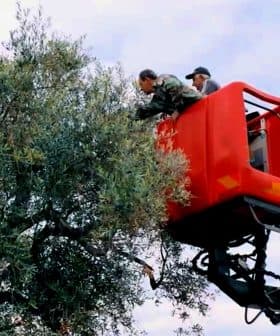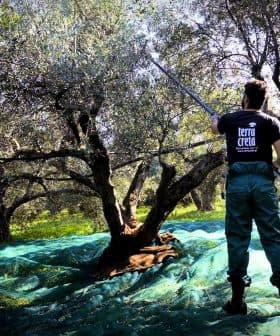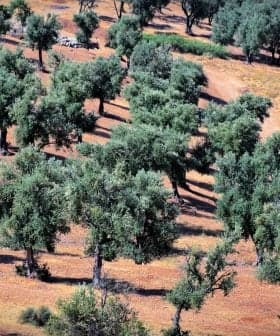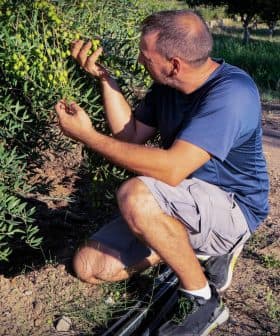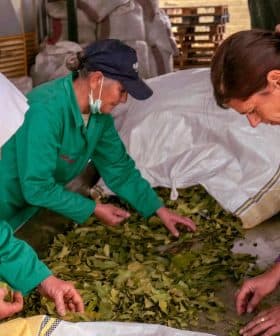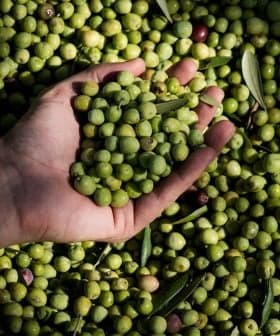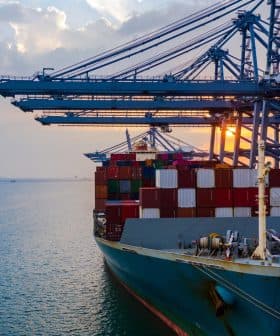Chilean Olive Oils on the Rise, but Challenges Await
Production hit a record high and domestic consumption is slowly growing, but some involved with the sector believe a few of the country’s largest challenges still lie ahead.
 Carola Dümmer Medina
Carola Dümmer MedinaChilean olive oil production reached a record high of 22,000 tons in 2018, but industry experts like Carola Dümmer Medina believe that further growth may be limited due to factors like climate and competition. Medina is focusing on educating consumers about extra virgin olive oil through her initiative Olivalovers in order to increase both domestic and international consumption of Chilean oil and combat fraud in the industry.
Chilean olive oil production finished at a record high output of 22,000 tons in 2018, according to data from ChileOliva.
Extra virgin olive oil is a product that you need to understand. It’s not something that is easy to buy, such as rice or pasta, you really have to get to know the product.
For Carola Dümmer Medina, a judge at the NYIOOC World Olive Oil Competition, a journalist for the wine club magazine Revista Placeres and the founder of Olivalovers, this record yield seems to be a plateau for the Southern Hemisphere’s third largest olive oil producer.
“I don’t think we will get many more hectares or many more liters of oil,” she told Olive Oil Times. “I think now we’re in a state of consolidation, more so than growth.”
While Dümmer Medina has not personally been involved with the production side of the Chilean sector for the past few years — she now mostly focuses on education and promotion with her new initiative — a similar sentiment is echoed throughout the rest of the sector.
“Increasing the production of olive oil is one of the main challenges of the Chilean industry,” Gabriela Moglia, the general manager of ChileOliva, told Olive Oil Times. “ChileOliva is developing a research project that aims to generate a predictive model that will allow producers to identify the main factors that influence production.”
Part of what this model will help Chilean producers deal with is the climate, which can be unpredictable and has previously devastated olive yields. Previous harvest seasons, which have seen olive oil production hover between 15,000 and 19,000 tons, have been plagued by drought, early frosts, wildfires and landslides.
“There have been better conditions for olive cultivation at the national level this year, specifically the greater availability of water present in sectors that had been affected by severe droughts in recent years,” Moglia said.
Claudio Lovazzano is the head of marketing at Olisur, a Chilean olive oil producer and exporter. He agrees that better weather this year has helped with the harvest and expects that overall production could increase if the weather remains a benevolent ally.
“In our case, we expect production to increase, although we know it will only be slightly,” he told Olive Oil Times. “In the rest of the country, it is likely that Chile will increase its production. We have seen good weather conditions that positively affect all olive oil producers.”
However, these natural phenomena are out of producers’ control and Dümmer Medina prefers to focus her efforts on factors that can be controlled, which is why she has started her new initiative, Olivalovers.
“What I want to do most is to educate the consumers,” she said. “Extra virgin olive oil is a product that you need to understand. It’s not something that is easy to buy, such as rice or pasta, you really have to get to know the product.”
Part of what she does at Olivalovers is to go around and host tasting panels, teaching consumers and, occasionally retailers, how to differentiate high-quality extra virgin olive oil from inferior grades.
For Dümmer Medina, who is also an instructor at the Olive Oil Times Education Lab Sommelier Certification Program, two of the biggest challenges currently facing the sector are increasing both domestic and international consumption of Chilean oil as well as cracking down on fraud.
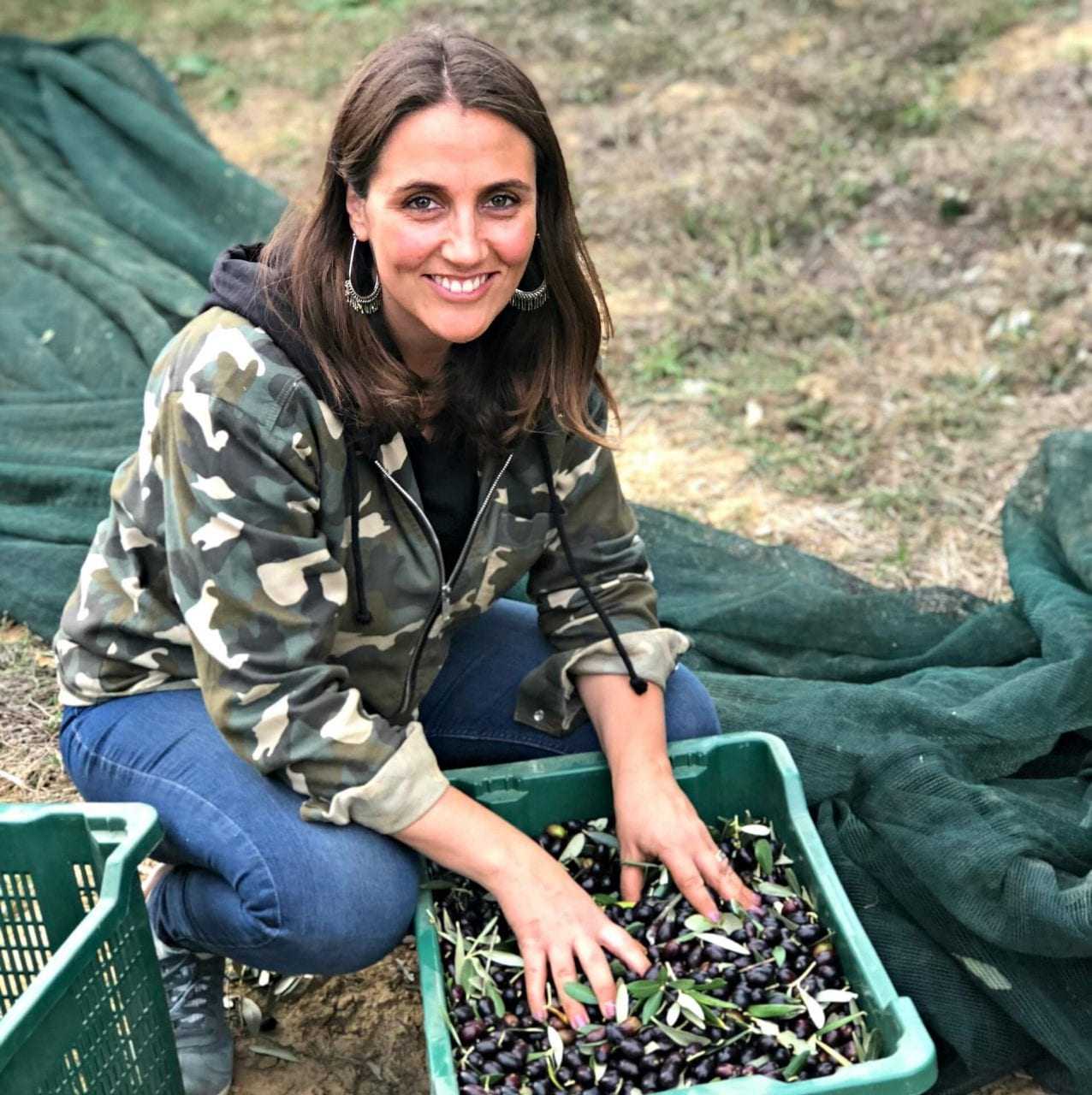
Carola Dümmer Medina
She has been involved with the industry from its inception, organizing ChileOliva’s first press conference during the 2003/04 harvest season.
“The amount of consumption then was 250 ml per capita,” she said. “It was very low. Now we’re getting to 750 ml per capita, which is better but still quite low.”
“There are many producers making things right,” she added. “But we still need to get to the next level, and be able to sell high-quality extra virgin olive oil at the same prices that Spanish or Italian companies are selling in markets such as the U.S. or Asia.”
Education, Dümmer Medina repeats, is the best way forward. As a journalist at Revista Placeres, she writes a monthly column discussing different aspects of extra virgin olive oil and finishing off with a food and wine pairing suggestion for a specific Chilean brand.
See Also:Award-Winning Olive Oils from Chile
Each of her columns is posted on her blog at Olivalovers and she also uses social media platforms, such as Instagram (@olivalovers), to reach out to the public as well.
“[This effort is] much more to create new tasters because you have to have this very specific objective to train how to taste,” she said. “To make them understand what is extra virgin and how to recognize a good oil in the supermarkets.”
No official statistics about olive oil fraud are kept in Chile, but Dümmer Medina believes it is quite prevalent, especially with imported oils.
“We have a lot of fraud here actually,” she said. “If we don’t educate the consumers, these business practices will continue developing.”
“One of the problems we have is that nobody checks if the oils from the supermarket are really what they are labeled as,” she added. “In some cases, it’s just a mistake made by producers who don’t understand that one defect made those oils virgin instead of extra virgin. In other cases, especially with imported oils, it’s because we get all those terrible lampante oils labeled as extra virgin from industrial companies.”
However, Dümmer Medina believes that efforts to educate consumers and retailers is already beginning to have some success and that her education initiative will continue to help in the future.
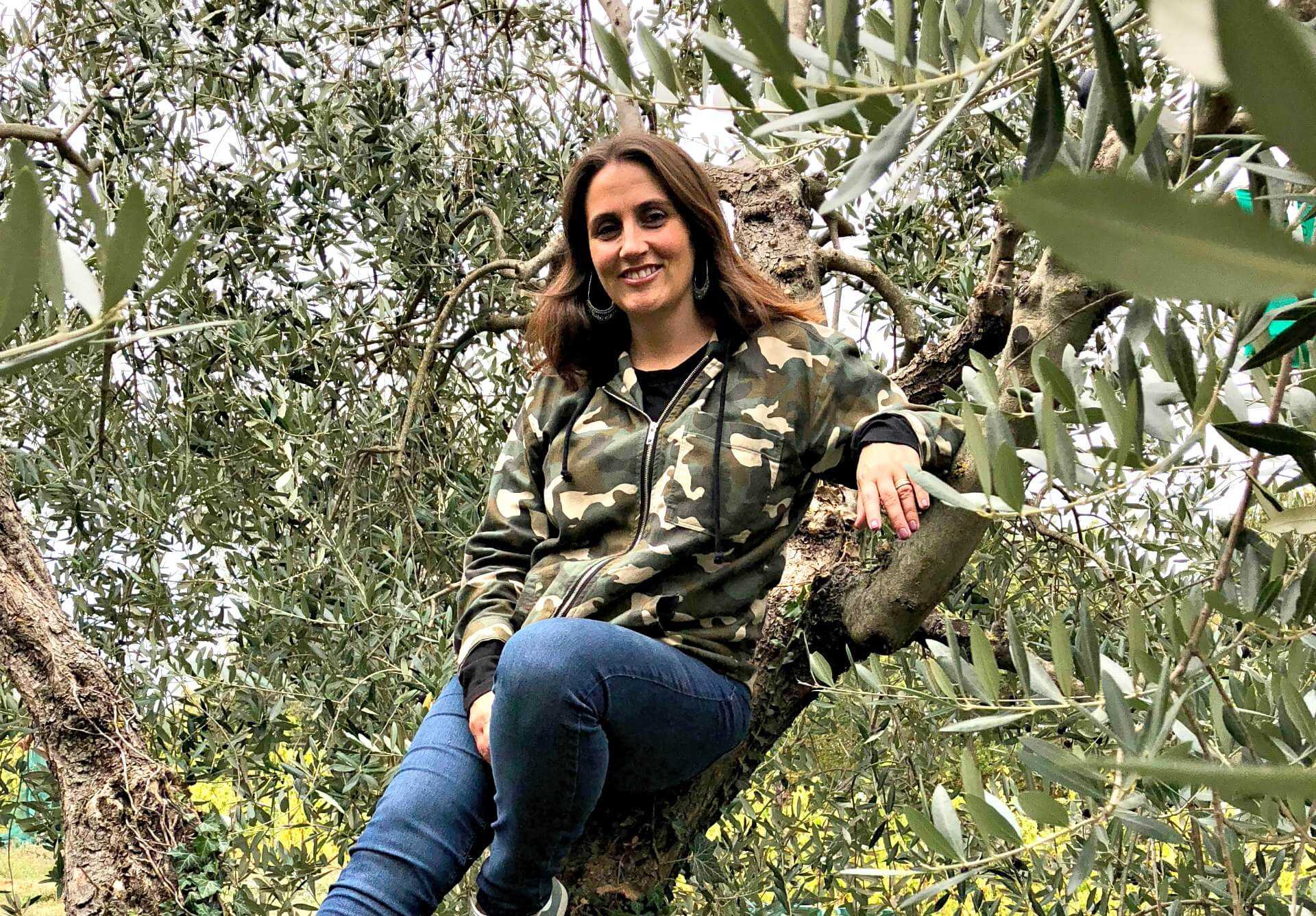
“Ten to 15 years ago most olive oil in supermarkets was from Spain and Italy,” she said. “After all of the work that the Chilean industry has been doing these past years, this has started to change. Now what is mostly sold in supermarkets is Chilean olive oil.”
“The goal is to get [consumers and retailers] to go to a producer to buy the real extra virgin olive oil,” she added.
Her optimism for the future is mirrored by producers and officials from ChileOliva as well.
“The high quality of Chilean olive oil is already recognized in Chile and in the world,” Moglia, the general manager of ChileOliva, said. “This allows us to think of an auspicious future and continue growing the sector.”
Lovazzano, from the olive oil production and exporting company, shares this optimism and sees the future in growing demand in Brazil and Asia for healthier food products.
“We are very optimistic, due to the growing consumption of olive oil in the world, the opening of new markets and, in general, consumer demand for healthy foods,” he said.


